
Huckleberry Foraging in the Pacific Northwest
Huckleberries are the flavor of summer in the Pacific Northwest.
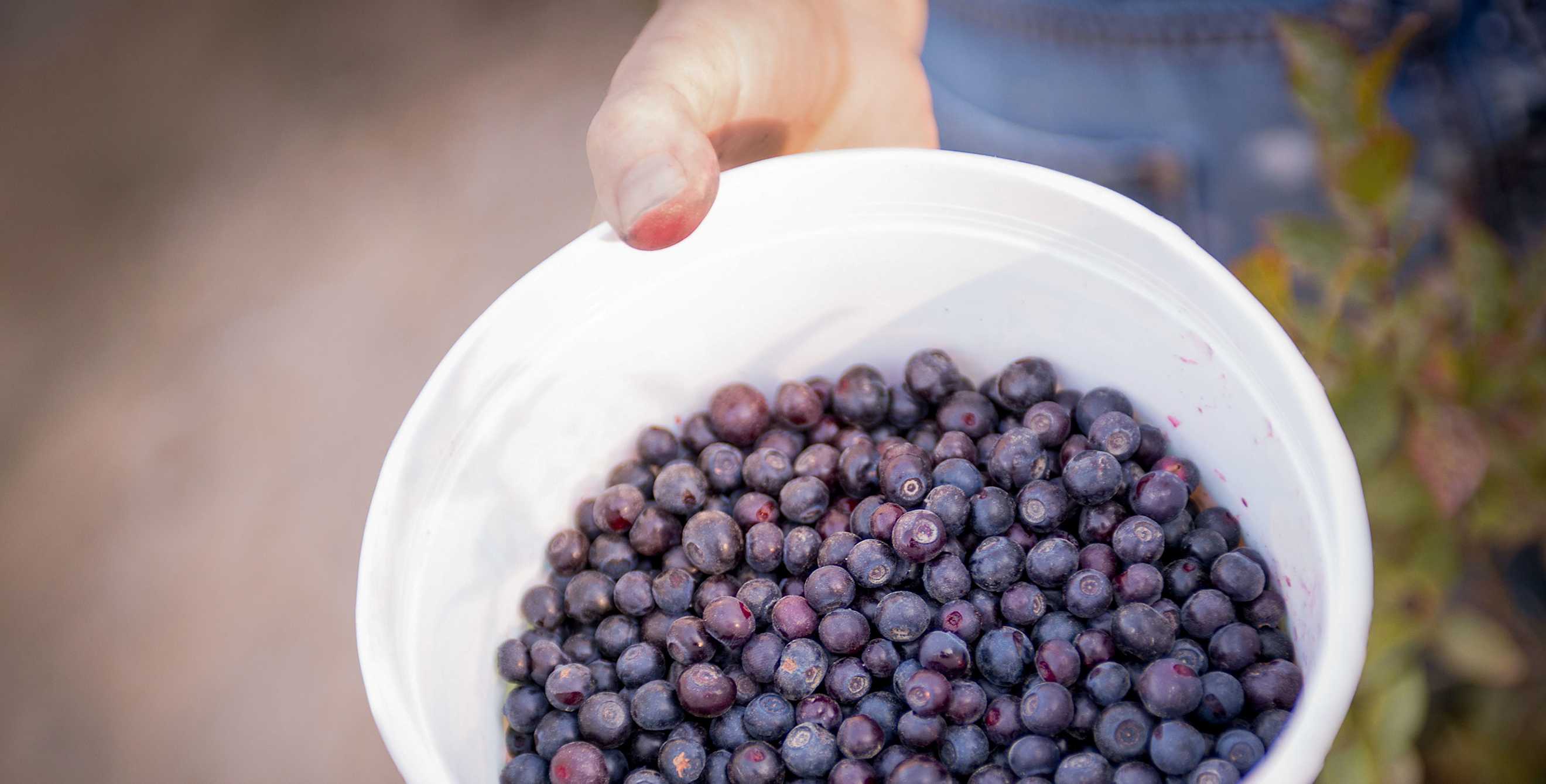
Early last September, on a prime summer day in the Cascades, I struck gold in Mount Hood National Forest.
I was prowling a 4,400-foot-high clearing, a cheerful patch of sun-dappled vegetation amid moody, dark evergreens. A ranger at the Hood River Ranger Station near Parkdale, Oregon, had recommended the location, and sure enough, I spotted treasure within a half hour: a thin scattering of tiny, purple orbs on scrubby bushes whose foliage already flaunted a touch of fall color. I plucked a few and popped them in my mouth. The explosion of flavor confirmed them to be huckleberries, a fruit so coveted and costly it's sometimes referred to as "purple gold" in these parts.
What happened next was not a pretty sight. Like a bear fattening up for winter, I was soon pawing berries straight into my mouth, their juice staining my fingers, lips, and tongue lurid shades of violet. No berry pail or basket for me, no saving them for later. Within 15 minutes, I'd scarfed them all. Afterward, as I stood in the warm sun with the scent of pines and the buzz of insects filling the air, the taste lingered: a dusky, jam-intense fruitiness far bolder than a blueberry (the huckleberry's polite cousin) and a persistent edge-of-the-tongue tang. If there is such a thing as a taste of wild lands, of untamed places where creatures roam free and clouds bump into mountains, this was it.
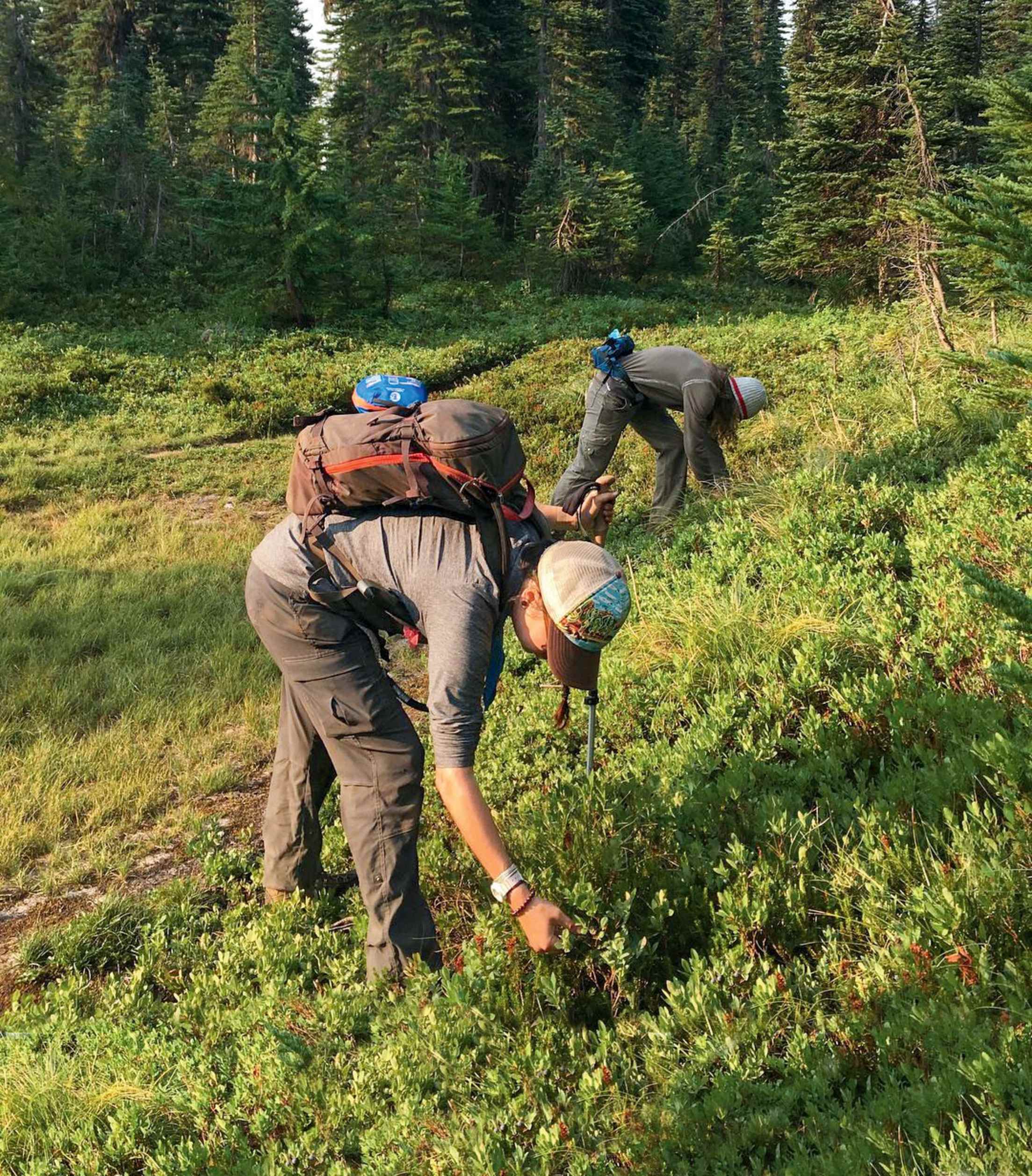
King of the Mountains
Huckleberries reign as the quintessential fruit of the Pacific Northwest, where they appear in countless guises on local tables. During my own four-day purple quest in Oregon and Washington, I encountered them in jams, sauces, syrups, muffins, and salad dressings. They flavored the Huckleberry Lemon Drop I sipped at Skamania Lodge on the Washington side of the Columbia River Gorge as well as the Trillium, a more-tart-than-sweet huckleberry-infused vodka cocktail at Oregon's Timberline Lodge.
But for all the year-round, huck-focused foods I consumed, my trip confirmed that summer is when huckleberry fever really rages. Pickers hit the patches for fruit that can retail at $50 per gallon, fresh berries fly out of farmers' markets and country stores, chefs concoct fanciful dishes, and festivals celebrate the bounty. Signs pop up along rural byways advertising huckleberry treats such as the plump, flaky hand pie that I practically inhaled at the Apple Valley Country Store outside Hood River, Oregon. An hour's drive to the south, in Government Camp, the milk shake I slurped at the Huckleberry Inn was so thick with fruit that I quickly ditched the straw.
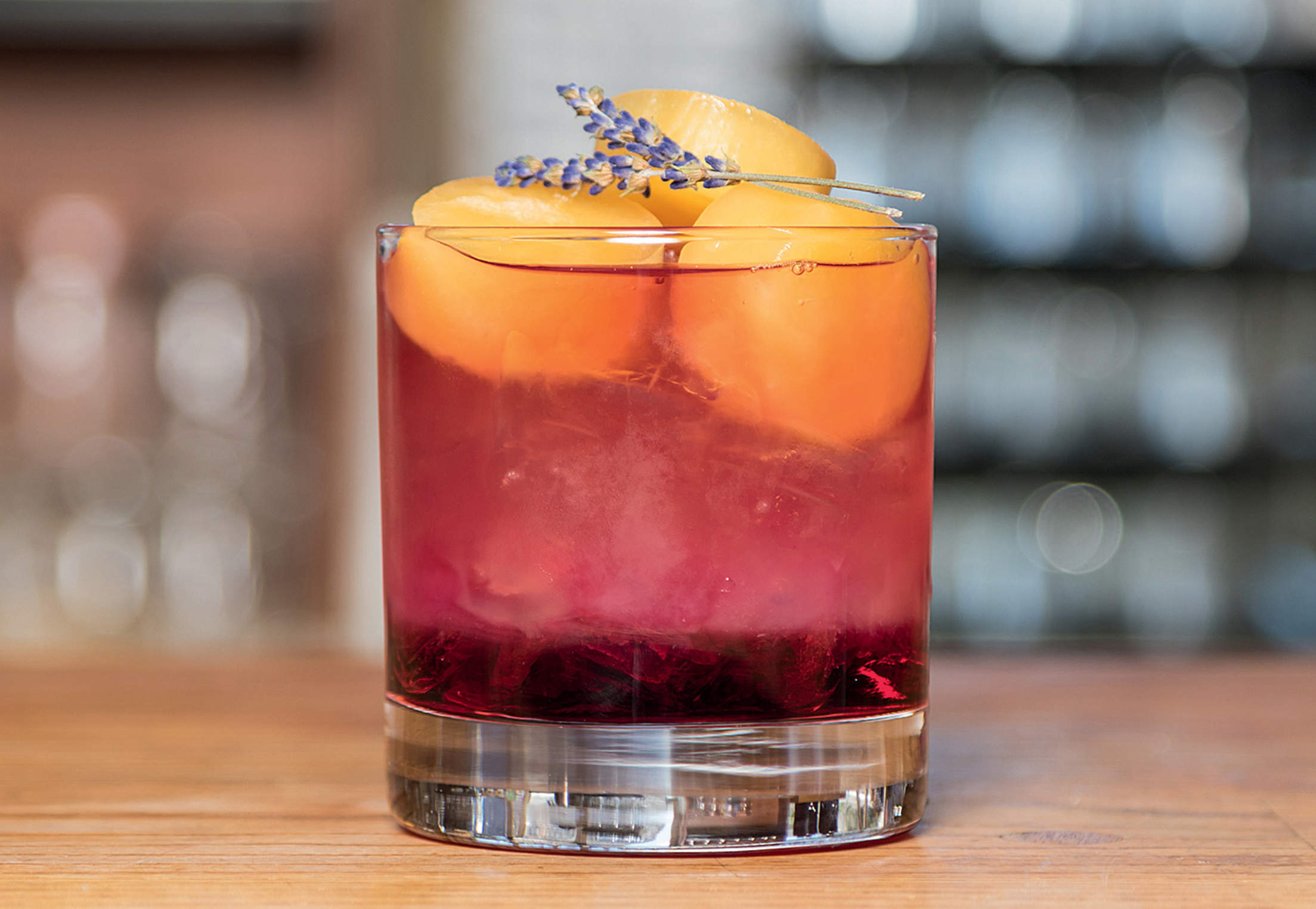
"We all go a little crazy during the season," said Julie Vance, owner of wholesale bakery Sweet Things by Julie, as she scrambled to finish 400 pies for the Huckleberry Festival in Bingen, Washington. "There's a lot of local pride in these berries that are picked by hand in our own mountains."
The pride is entirely justified. A day after meeting Vance, I cheered Bingen's parade of fire engines, politicos in vintage cars, and riders astride horses with purple-painted hooves before I headed to the festival. There I ordered a slice of her pie, took a bite, and swooned. Cooking had turned the berries dark as the midnight sky and deepened their flavor. The ratio of crust (a little) to fruit (a lot) was perfect. You think about things like that when you're in the grip of huck fever.
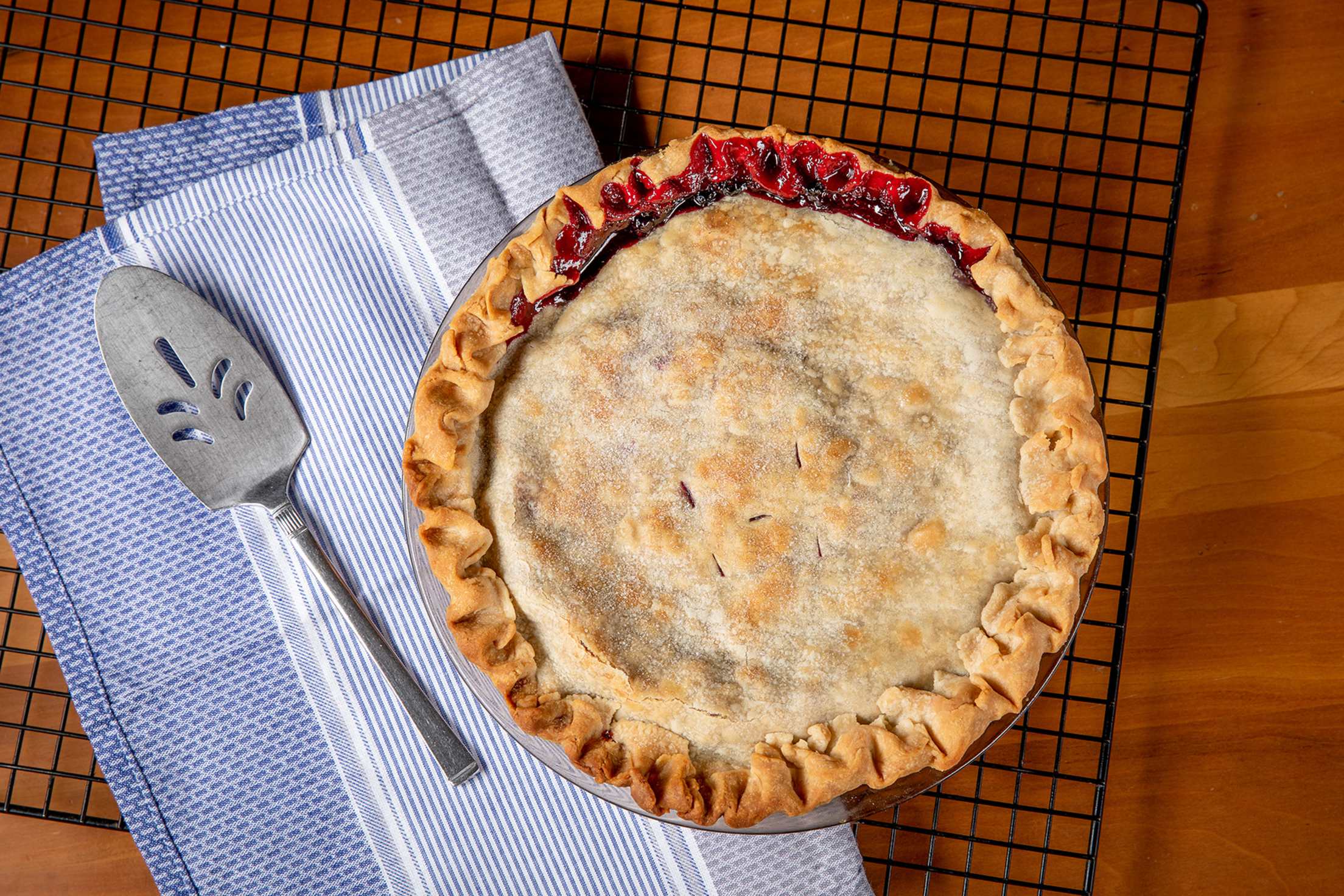
Berry Basics
Though many species go by the name huckleberry, only one Northwest species boasts the intense flavor and sheer quantity sought by recreational and commercial pickers: the mountain huckleberry (Vaccinium membranaceum). The state fruit of Idaho and the most widely harvested wild fruit in Oregon, Washington, Idaho, and Montana, this member of the heath family grows in coniferous forest clearings at 2,000 to 11,000 feet. Depending on weather, these antioxidant-packed, pea-size berries can ripen as early as July at lower elevations and as late as mid-September in higher areas. Scrappy and resilient, the huckleberry was among the first plant species to reappear in the Mount St. Helens blast zone after the cataclysmic 1980 eruption.
Huckleberries have deep cultural and historical roots in the Pacific Northwest. "Huckleberries are a sacred food that we have gathered and dried each year since before anyone can remember," says Carol Logan, a traditional cultural practitioner with the Clackamas Tribe, whose ancestral lands include the forests surrounding Mount Hood. American Indians in the Pacific Northwest once used special conical baskets for gathering and storing huckleberries, such as the handsome Klickitat example I saw at the Columbia Gorge Interpretive Center Museum, woven circa 1890 out of cedar bark, bear grass, and horsetail root. The Yakama people, whose huckleberry grounds lie on the slopes of Mount Adams, still conduct a longhouse religious ceremony at the start of berry season.
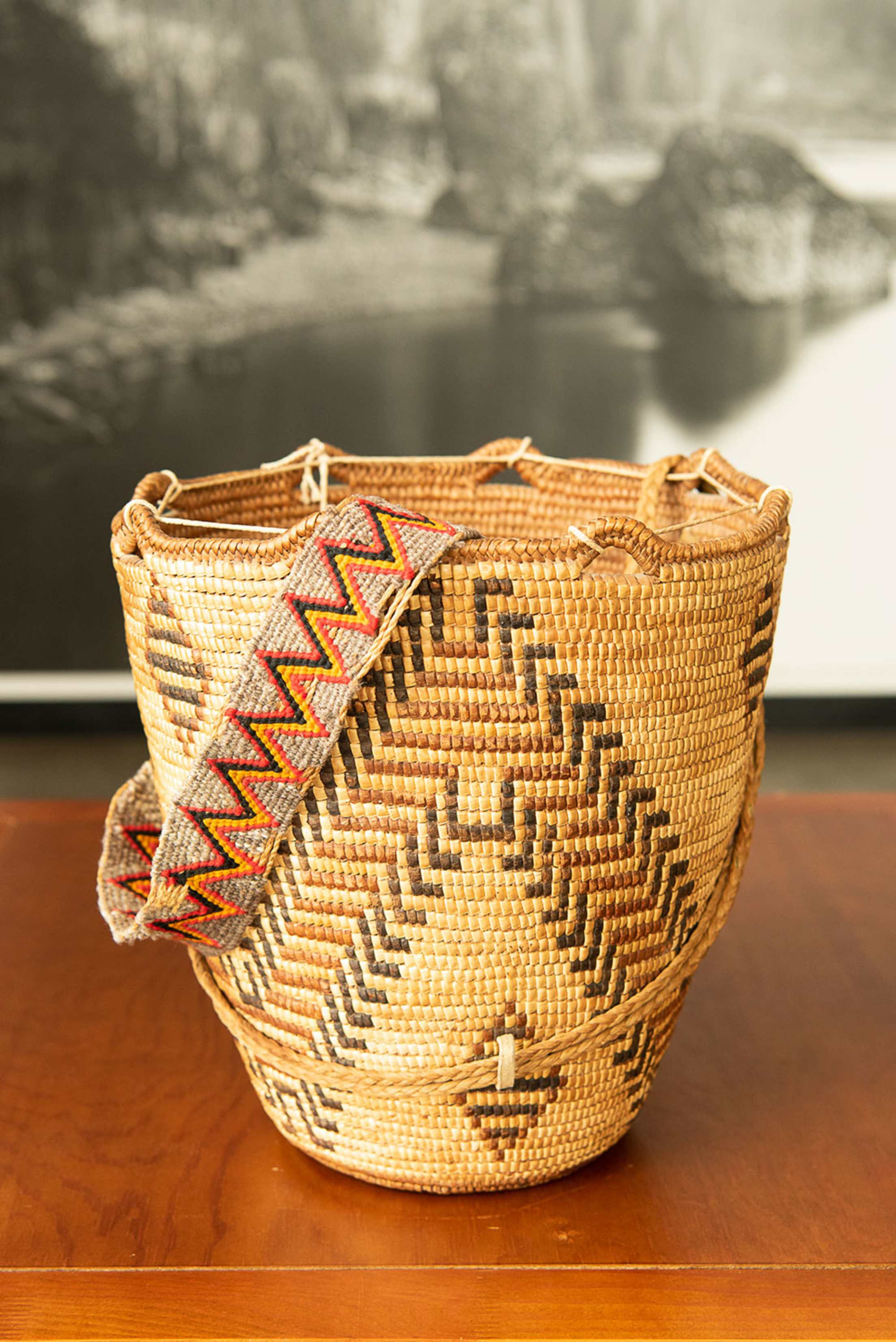
Pioneers were also avid pickers. Home-canned hucks helped them through winter, and their children courted sweethearts at berry-picking campouts. During the Great Depression, families picked for cash, fueling a prodigious canning industry that faltered only with the rise of freezers in the 1950s. Even after that, many families—including my own Washington grandparents—made picking forays. Eating my grandmother's huckleberry jam at her chrome dinette is among my earliest and happiest memories.
"Pretty much everyone I knew picked hucks 50 years ago and froze them to use throughout the year," said retired fireman Les Donaldson, as we and 400 other hungry folks polished off flapjacks smothered in chunky huckleberry sauce at the annual fire department pancake breakfast in White Salmon, Washington.
Today, most huckleberries are harvested by commercial pickers, many of them migrant workers. Competition is fierce for the limited, erratic supply, and sales figures don't exist, in part because pickers are notoriously tight-lipped about where they forage. As for commercial cultivation, all attempts have failed, though researchers at Washington State University are optimistic about their efforts to crosspollinate with blueberries. Like the cougar and Sasquatch, the huckleberry remains a wild icon of the Northwest.
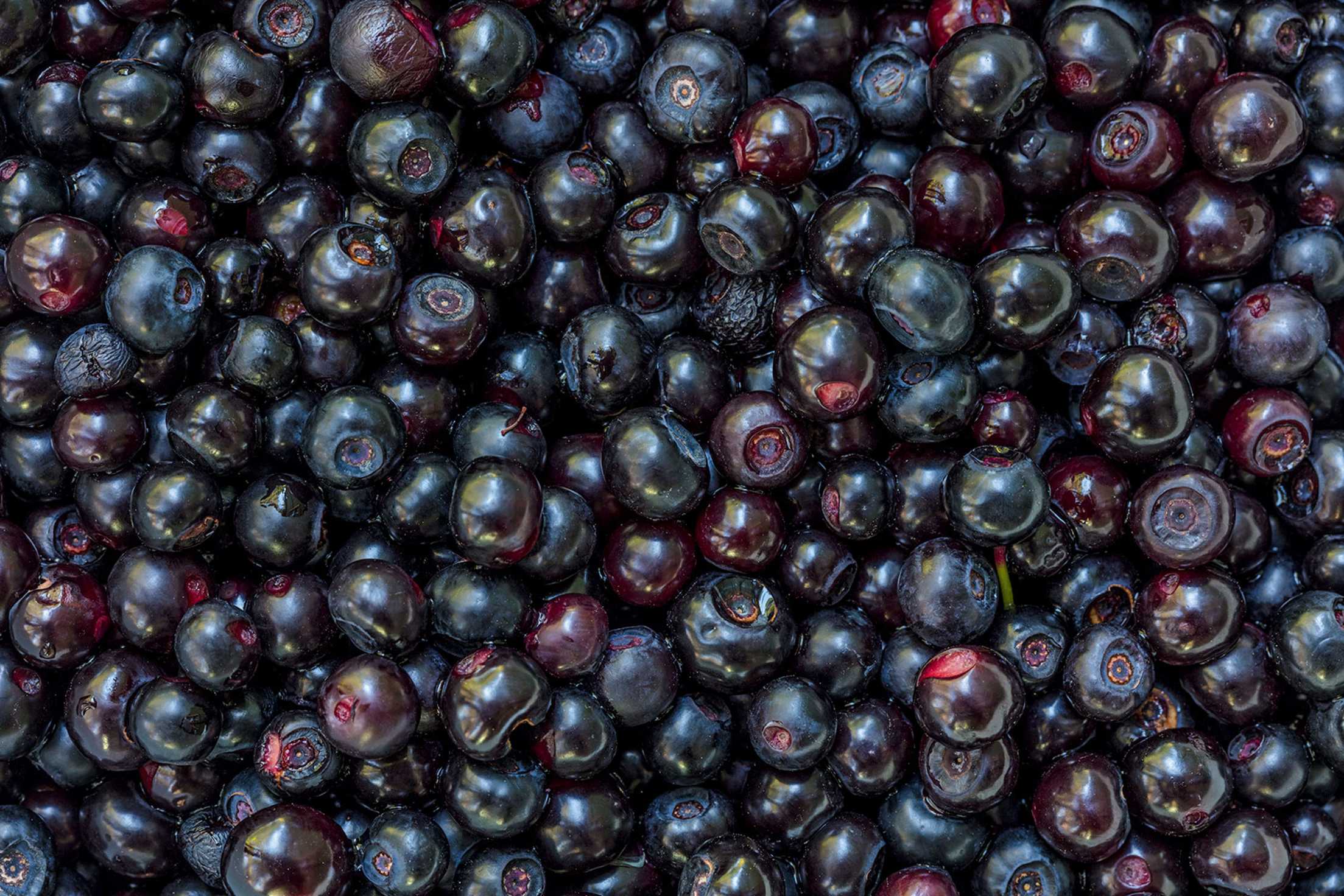
Hunting for Hucks
On the last day of my trip, I visited the most famous huckleberry grounds in the Pacific Northwest: the Sawtooth Berry Fields in Gifford Pinchot National Forest. The two-hour drive north from Hood River begins on paved highways leading beyond Trout Lake, Washington, and continues on gravel forest service roads through dense stands of Douglas fir and cedar. I emerged on a plateau—the berry fields—where I spotted a sign marking the boundary of an area reserved for American Indian harvesters, the result of a 1932 handshake agreement between a Yakama chief and a national forest official. The swarms of pickers who had been here less than a month earlier were gone, along with all the berries, but the mountain landscape that draws some visitors as much as the fruit itself remained utterly sublime. For two hours, I walked happily through field and forest with only snowcapped Mount Adams to keep me company.
During the drive back, I stopped at Trout Lake Grocery and bought a gallon of fresh berries for jam making at home. "They're definitely from a high elevation this late in the season," the clerk assured me when asked about their origin. "Maybe near Mount St. Helens, though Lord knows, the pickers wouldn't tell you."
That night, at Celilo Restaurant in Hood River, I capped an exceptional Northwest dinner of summer tomato salad and roasted king salmon with an over-the-top finale: huckleberry cake, boosted with huckleberry sauce and rich huckleberry sour-cream ice cream.
Four months later, eating breakfast on a gray January morning, I broke out my own huckleberry jam. The taste took me right back to summer in the Cascades and the forest where I'd found my fresh hucks.
To those who want to know exactly where that clearing is located, I can tell you that it's surprisingly close to Highway 35 near Teacup Lake, southeast of Mount Hood. Other than that, my violet-stained lips are sealed.

Huckleberry How To
Where to Go
Many of the Northwest's best patches are on public lands, including Gifford Pinchot National Forest, North Cascades National Park, and Mount Spokane State Park in Washington; Mount Hood National Forest in Oregon; the Idaho Panhandle National Forests; and Lolo National Forest in Montana.
How to Pick
You may need a permit for picking, so check online before you go. Rangers can advise on the timing of the season, promising locales, harvest limits, and ways to identify hucks. (For instance, look for the blueberry-like crown.) While there are no known toxic look-alikes, Stephen Baker at the U.S. Forest Service advises, "When in doubt, don't eat it."
What to Bring
For two-handed picking, bring a container that you can clip to your belt or hang around your neck. Don't forget sunscreen, non-DEET bug spray, and enough water for drinking and washing up. Be aware that bears are also drawn to berries. Ask a ranger about recent sightings, make noise while hiking and picking, and consider buying bear spray that you can carry on your belt.
Where to Celebrate
You'll find plenty of huckleberry treats at festivals, which in 2019 include those in:
North Powder, Oregon July 27
Trout Creek, Montana Aug. 9–11
Whitefish, Montana Aug. 9–11
Wallace, Idaho Aug. 16–17
Rhododendron, Oregon Aug. 17–18
Bingen, Washington Sept. 6–8